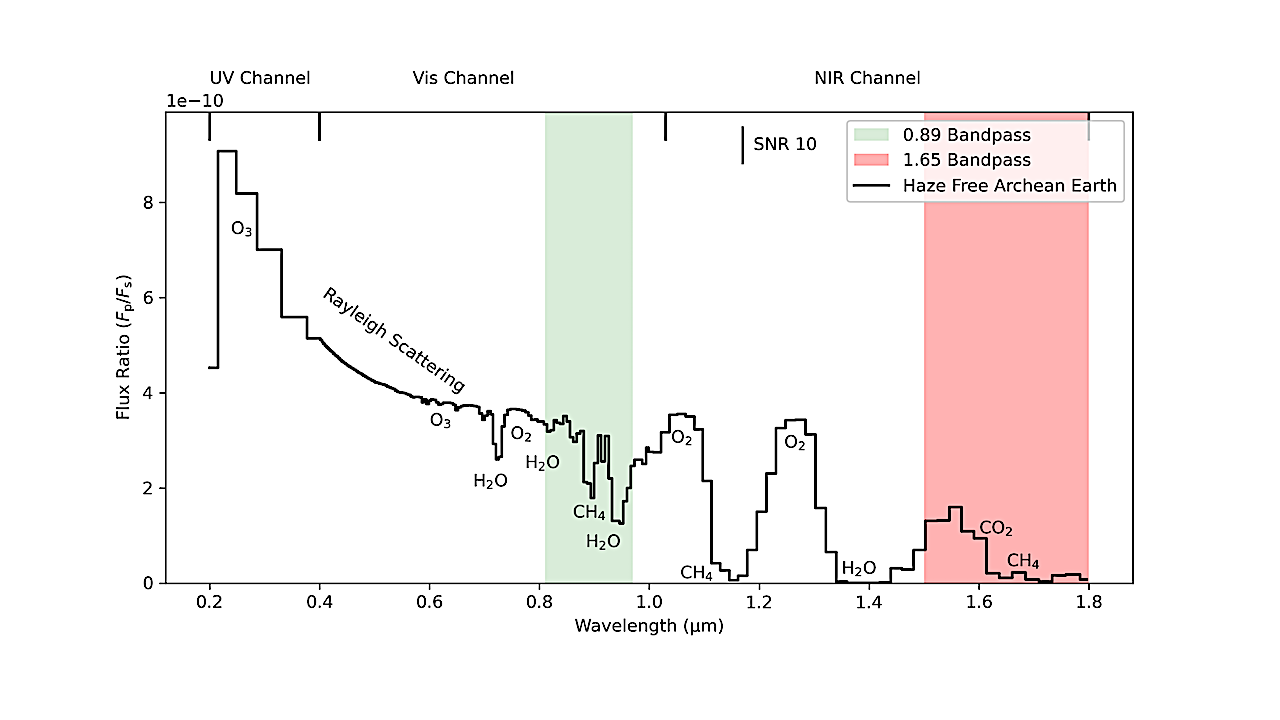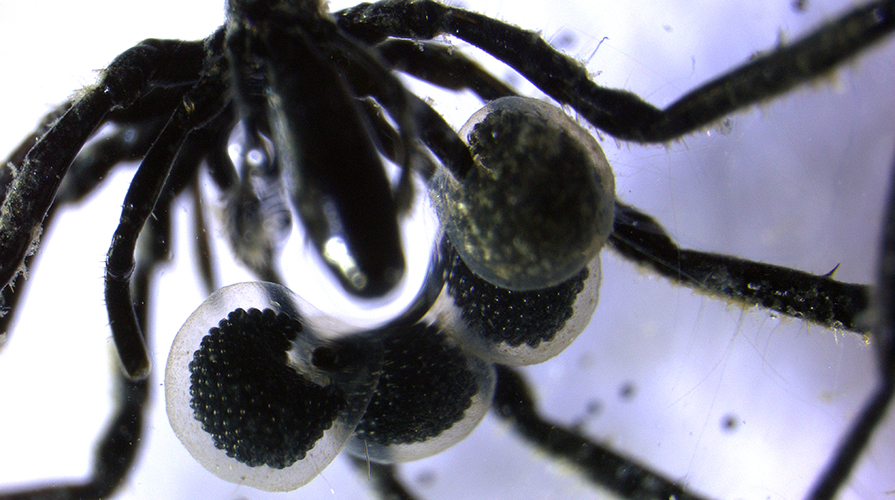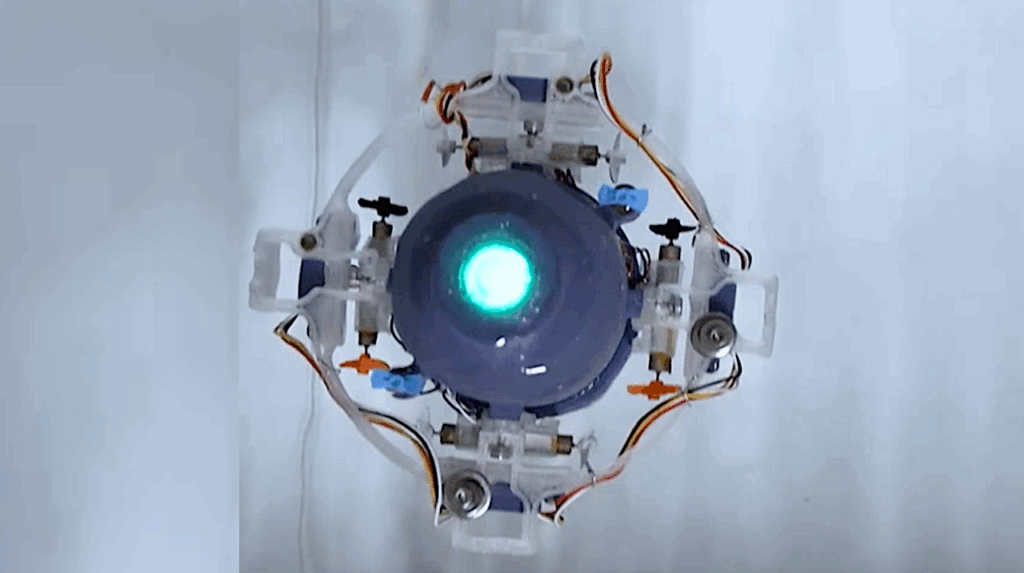Retrievals Applied To A Decision Tree Framework Can Characterize Earth-like Exoplanet Analogs

Exoplanet characterization missions planned for the future will soon enable searches for life beyond our solar system. Critical to the search will be the development of life detection strategies that can search for biosignatures while maintaining observational efficiency.
In this work, we adopted a newly developed biosignature decision tree strategy for remote characterization of Earth-like exoplanets. The decision tree offers a step-by-step roadmap for detecting exoplanet biosignatures and excluding false positives based on Earth’s biosphere and its evolution over time.
We followed the pathways for characterizing a modern Earth-like planet and an Archean Earth-like planet and evaluated the observational trades associated with coronagraph bandpass combinations of designs consistent with The Habitable Worlds Observatory (HWO) precursor studies. With retrieval analyses of each bandpass (or combination), we demonstrate the utility of the decision tree and evaluated the uncertainty on a suite of biosignature chemical species and habitability indicators (i.e., the gas abundances of H2O, O2, O3, CH4, and CO2).
Notably for modern Earth, less than an order of magnitude spread in the 1-σ uncertainties were achieved for the abundances of H2O and O2, planetary surface pressure, and atmospheric temperature with three strategically placed bandpasses (two in the visible and one in the near-infrared). For the Archean, CH4 and H2O were detectable in the visible with a single bandpass.
Amber V. Young, Jaime Crouse, Giada Arney, Shawn Domagal-Goldman, Tyler D. Robinson, Sandra T. Bastelberger
Comments: Planetary Science Journal. For Source Data see this https URL
Subjects: Earth and Planetary Astrophysics (astro-ph.EP); Instrumentation and Methods for Astrophysics (astro-ph.IM)
Cite as: arXiv:2311.07530 [astro-ph.EP] (or arXiv:2311.07530v1 [astro-ph.EP] for this version)
Submission history
From: Amber Young
[v1] Mon, 13 Nov 2023 18:16:16 UTC (2,249 KB)
https://arxiv.org/abs/2311.07530
Astrobiology








